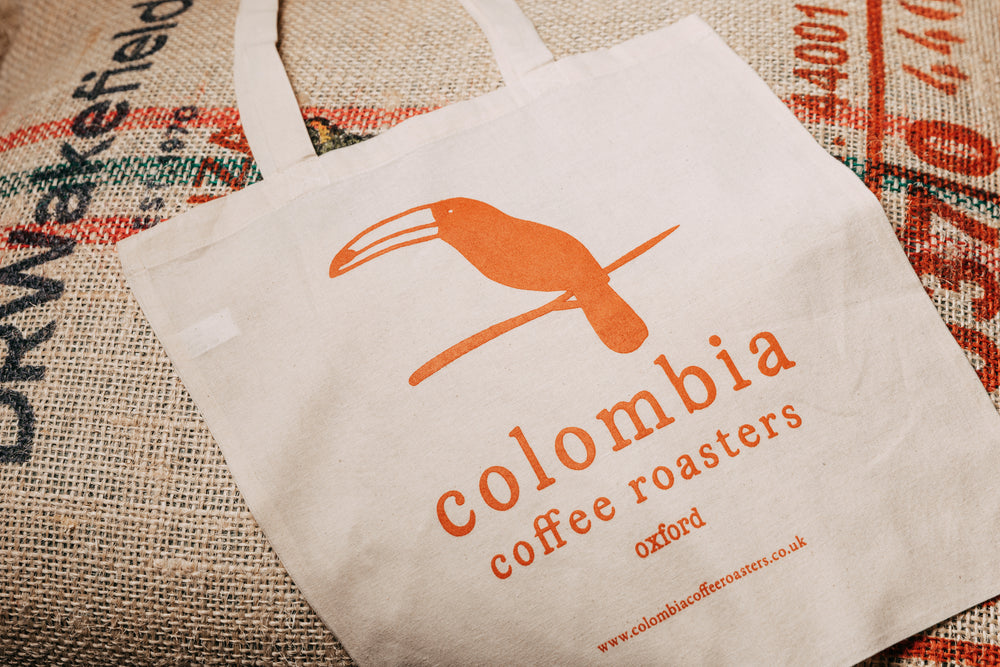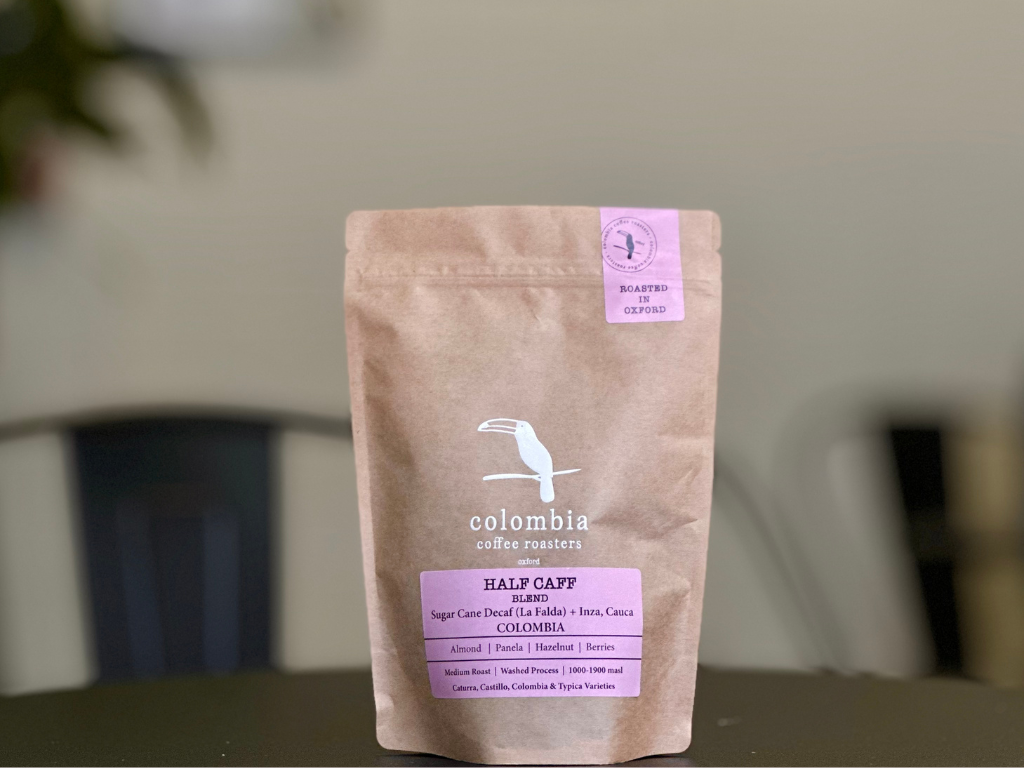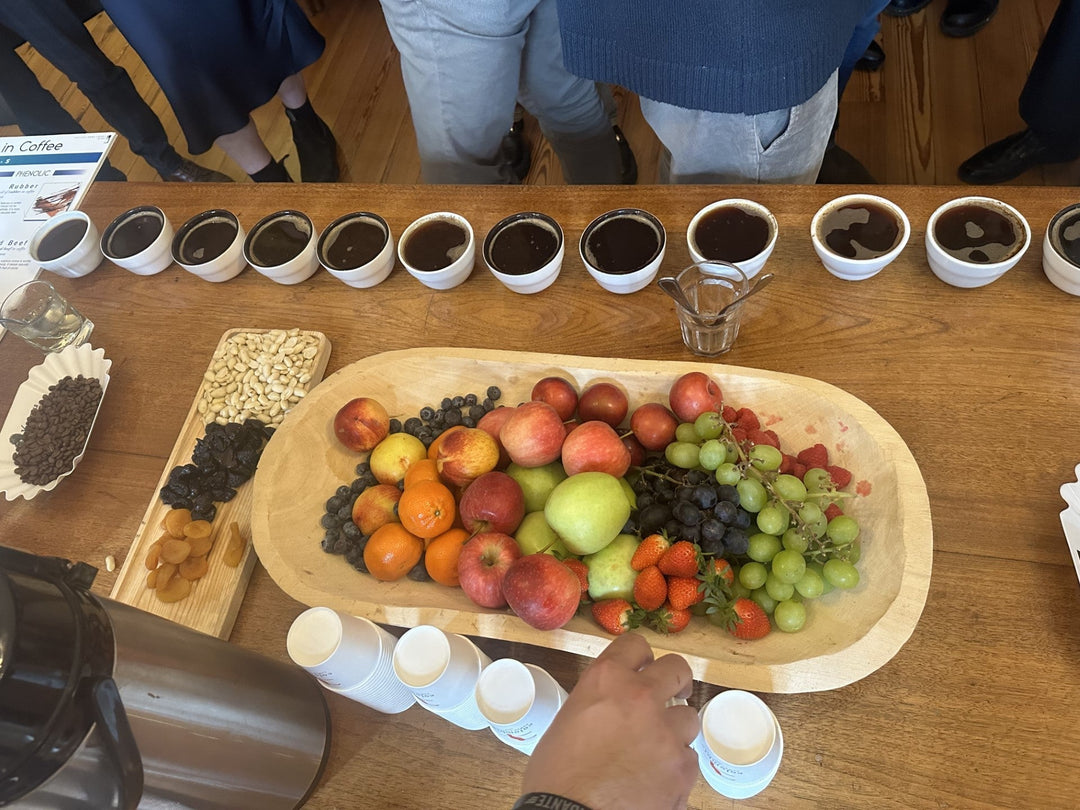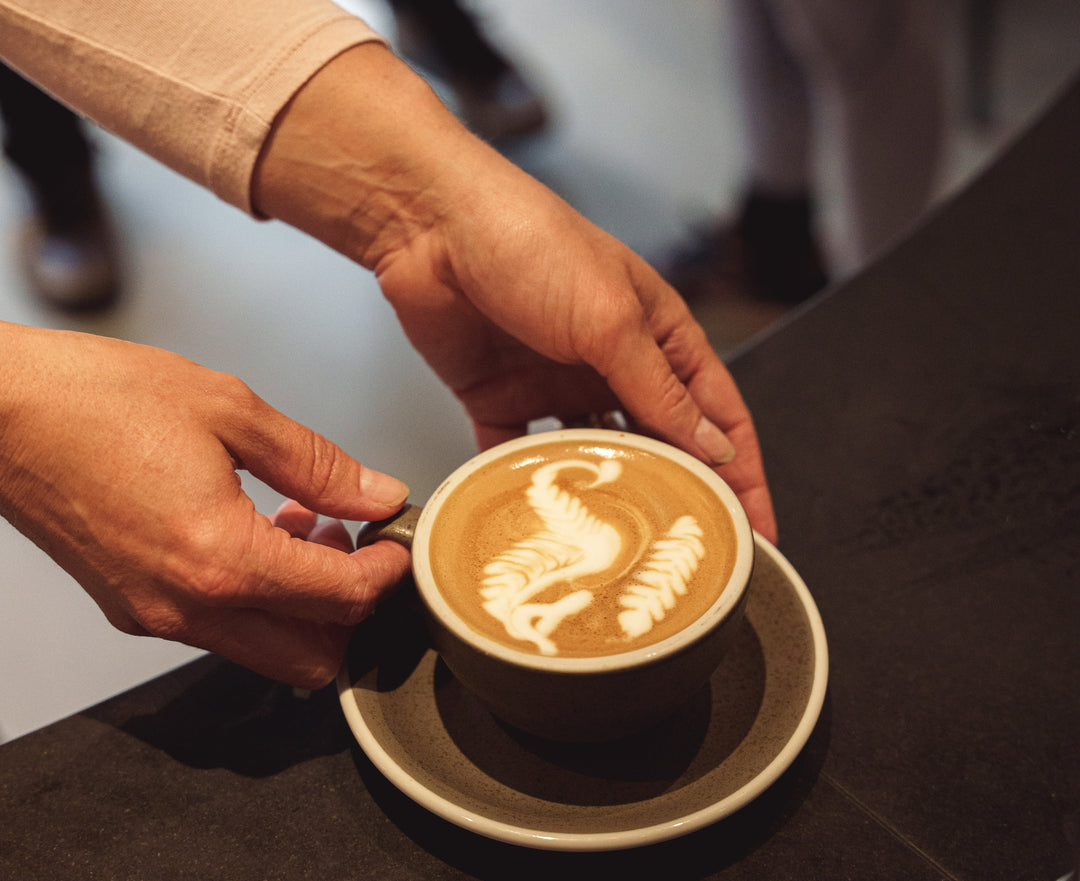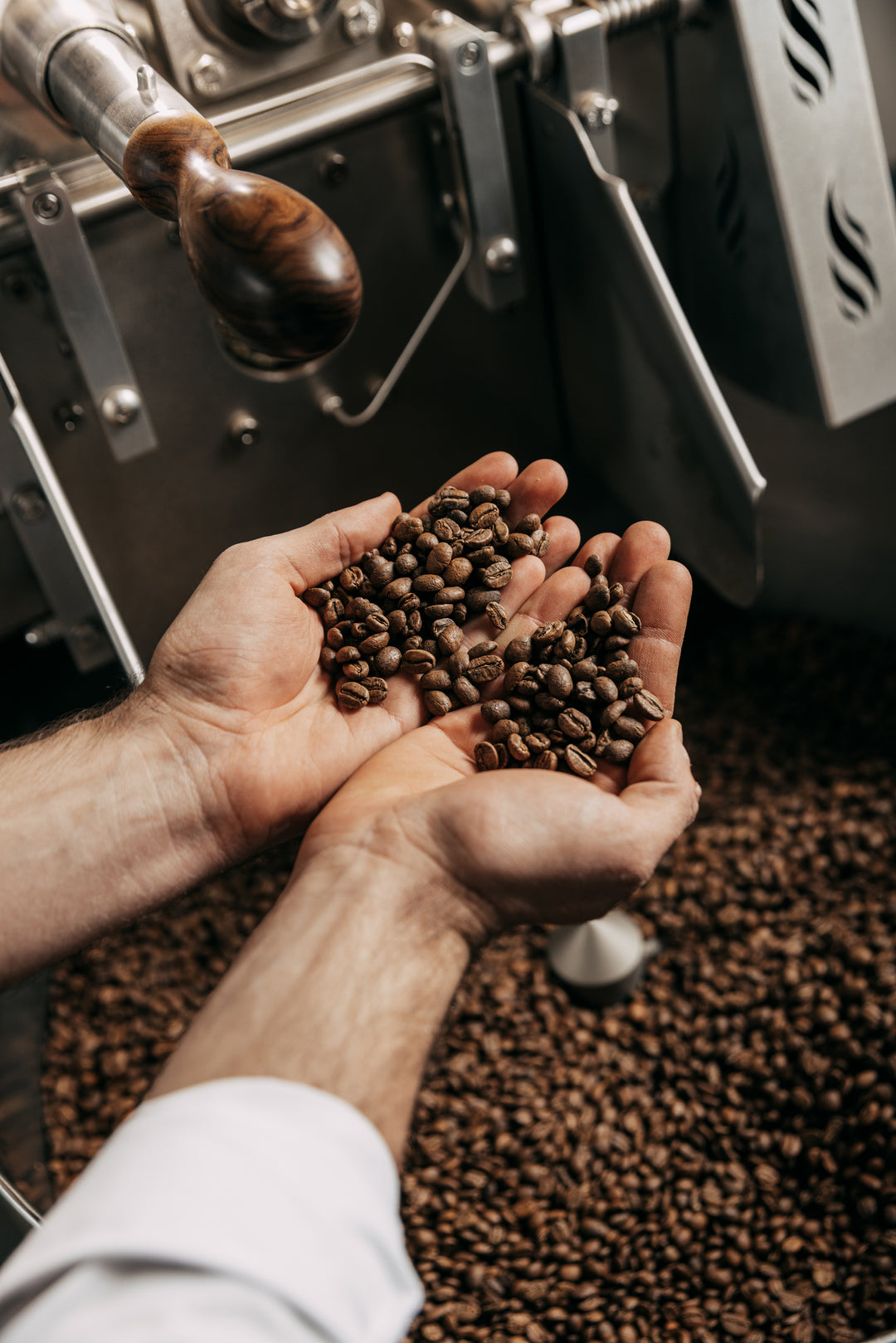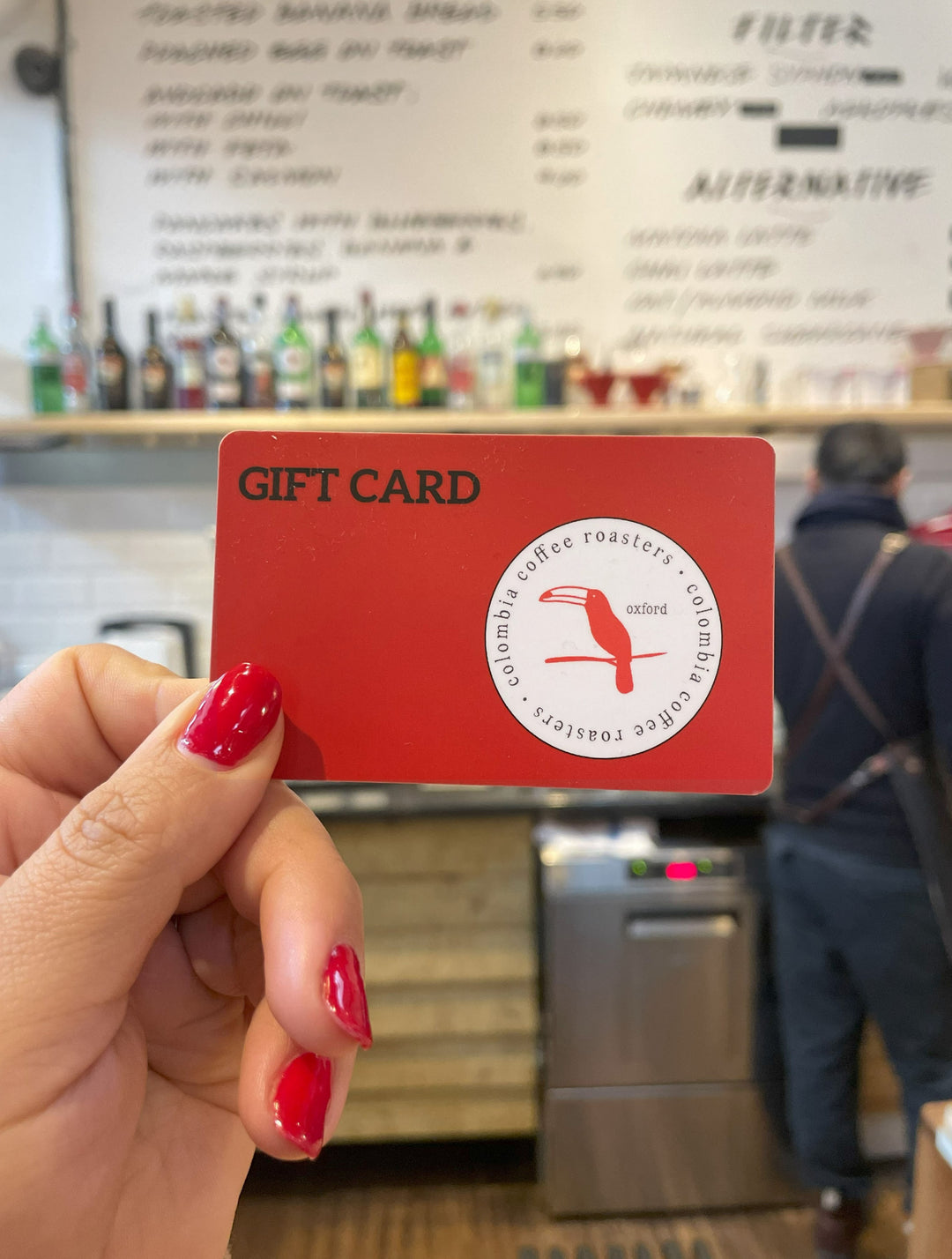What you need to know about espresso
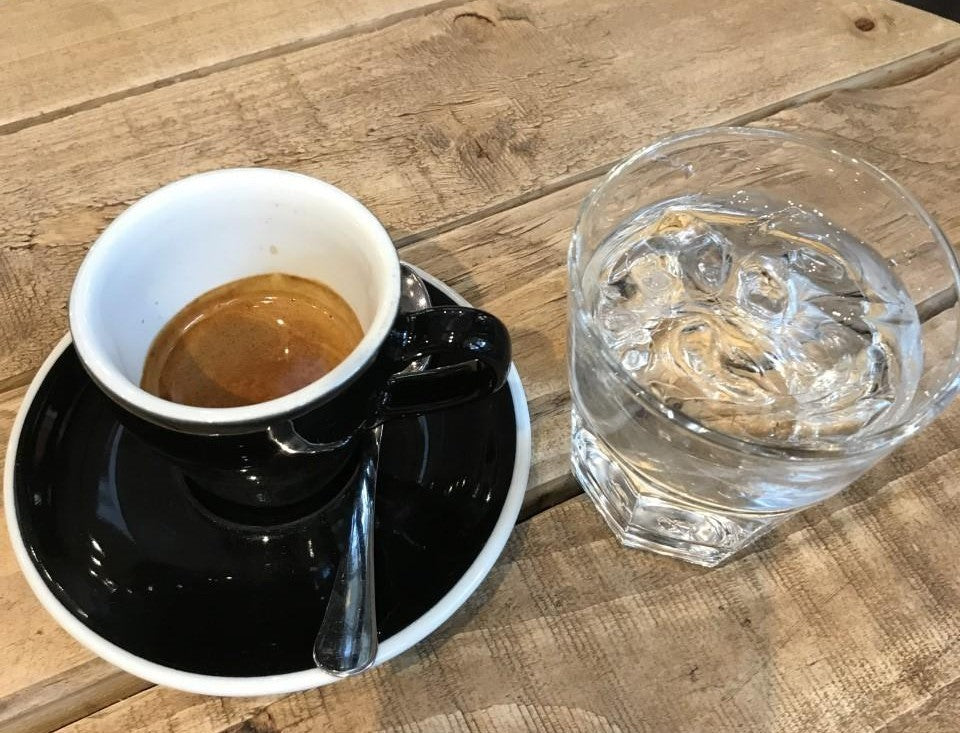
A highly appreciated coffee beverage around the world, espresso is a very concentrated coffee beverage pulled out from a machine that uses pressure. Hence, its name. It originated in Italy in the 19th century and since then, it has become a national tradition where it can be enjoyed at breakfast with a pastry, or in the form of milk beverages and cocktails.
So, whether you enjoy your espresso at a coffee shop or drink it at home and play with your own machine, we would like to share some tips about the best coffees for espresso, and some facts about the most popular espresso-based beverages.
Best roasting profiles for espresso
A good espresso starts with good coffee beans. After that, another key element is a good roast. Some may say that they are difficult to achieve. There is a common misconception that espresso roasts tend to be on the darker side. However, an experienced roaster might be able to find the perfect balance.
Coffee that is well-roasted for espresso can highlight the sweetness. After all, you don’t want dark, bitter coffee. Also, acidity is balanced. Not too low, not too high. Coffee that is darker and has been roasted for a longer time, has less acidity. This is because it contains less TDS (total dissolved solids), which means that the coffee is less concentrated.
For those who love acidity, we suggest trying our Colombia Federacion Campesina, a blend of fully washed Caturra, Colombia and Typica varieties from the Cauca region. It has redcurrant, grape, blackberry and chocolate notes, a full-bodied cup with a lively acidity, and a lasting aftertaste.
If you prefer a cup with a stronger taste, you can pick our Gentleman’s Espresso, a fully washed process Caturra coffee from Finca Alto de Las Estrellas in Nariño, Colombia. Its full creamy body, well-balanced flavour and rich aroma with a note of Chocolate, passion fruit and tangerine might be your best bet.
To summarize, an ideal espresso roast is balanced and highlights the natural flavour notes of the coffee. To achieve said balance, some roasters might elaborate blends, as different coffees have different levels of acidity, and some coffees have a heavier body than others. We wanted to highlight the best of our single-origin coffees in a balanced cup of espresso. For that reason, we created our Oxford blend, featuring a Federación Campesina coffee with a Brazilian, Natural Yellow Bourbon from Amareto Matiqueira.
Whether you choose a blend, a single-origin coffee, or a single variety, make sure all these factors reach an equilibrium and that your espresso is not unpleasantly bitter.

What about omni roasts?
We already explored what roasting for espresso entails. However, there is a different category that covers coffee that is roasted for both, espresso and filter coffee. Enter the omni roast.
This roast has its detractors and its defenders. However, this is something subject to personal taste. You can pull a great espresso shot with an omni roast, of course, by adjusting brewing parameters to balance the flavour.
Omni roasts can also offer a wider range of flavour profiles to espresso, than a regular espresso roast.

Espresso-based beverages
There is a wide variety of beverages that can be made with espresso. Most of them are a mixture of espresso with milk. The amount of milk, its frothing and its presentation differentiate one recipe from another.
The most well-known espresso drink is the cappuccino. Although the recipe varies depending on the country or the coffee shop, the Specialty Coffee Association defines it as a beverage that is made with espresso, textured milk and foam forming a layer of at least 1 cm on top. The volume of a cappuccino should be around 150 ml.
Other milk beverages
Flat white
Some said it was born in Australia. Others argue it originated in New Zealand. However, it has become a specialty coffee shop staple. The Flat white is similar to the cappuccino but contains 0.5 cm of foam, and it is served in a 180 ml glass.
Latte
Generally speaking, a latte is larger than a cappuccino (around 240 ml) with fewer layers, because milk is foamed in a way that blends with the espresso.
Macchiato
Translated from Italian as “spotted”, basically it is an espresso shot with a dash of hot or cold milk. However, depending on the café, the amount of milk is undefined. Recipes and proportions vary according to the country.
Cold beverages
Espresso tonic
This mixture of espresso and tonic water is a perfectly balanced drink for summer days. Served with ice, it is a perfectly refreshing coffee treat. If you love these two main ingredients, then the espresso tonic is a must-try!
Iced espresso
Basically, an iced espresso is an espresso shot served over ice, often with milk. It is one of the simplest cold coffee drinks. Some baristas use two or even three shots of espresso.
Iced Americano
An Americano is an espresso shot topped with hot water. Its cold version is a rich, refreshing beverage that gives you a caffeine boost. To make an iced Americano, the barista will pull the espresso shot over ice and finish it with cold water.

Would you like to enjoy your favourite espresso beverages, but don’t have an espresso machine at home?
Visit our café locations in The Oxford Covered Market and Summertown! Our highly skilled baristas will gladly prepare them for you with our Gentleman’s espresso blend or a great naturally processed coffee from Finca El Porvenir in Albán, Colombia, which we also sell roasted for you to take home. If you prefer dairy alternatives, we offer our espresso beverages with oat and almond milk.
See you at our café!



